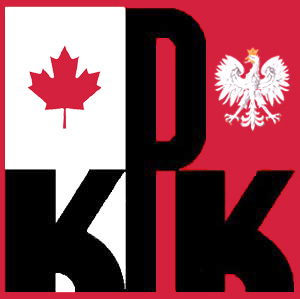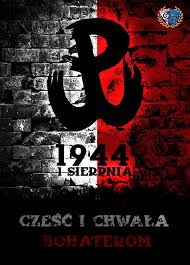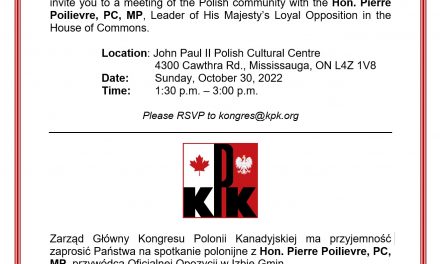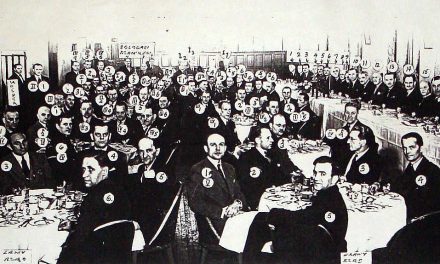77th Anniversary of the Warsaw Uprising
August 1, 1944 is an important, but seldom recognized in the history of the Second World War. For four long years, much of Poland had been under the murderous occupation of Nazi Germany, and was facing the dim prospects of another occupation at the hands of the advancing Soviet Red Army. The Home Army, occupied Europe’s largest underground resistance movement, and the people of Warsaw saw this moment in 1944 as the last chance to secure Poland’s democratic freedom.
On August 1, 1944, at 5:00 p.m., the Warsaw Uprising broke out, which was the largest underground military operation in Nazi German-occupied Europe. The main goal of the Uprising was to liberate Warsaw from Nazi German occupation before Soviet Red Army soldiers entered the city. The odds were stacked against the Polish side, but still nearly 50 thousand Home Army soldiers joined in the fight. They faced the German Wermacht, military police, SS units – all supported by heavy artillery and the German air force, the Luftwaffe.
Despite overwhelming odds, the insurgents regained control over large sections of Warsaw, seizing huge amounts of German equipment and weapons, including armored vehicles, and liberating the German concentration camp, Konzentrasionslager Warschau, where Jews from various European countries had been imprisoned.
Western Allies, including Canadian airmen, risked their lives to send supplies to support the Uprising. One of the main exhibits at the Warsaw Uprising Museum is a replica Liberator B-24 bomber, many of which were flown by RCAF crews and were shot down by the Germans as they flew support missions to Warsaw.
Despite these supply drops, the Home Army troops had to conduct a lonely 63 day fight against an overpowering German military force. Unconscionably, all the while, the Soviet Red Army sat on the other side of the Vistula River allowing Nazi Germany to exact their revenge and watching Warsaw burn. Only once the uprising was crushed and 85% of the city was levelled to the ground did the Soviet Red Army march into Warsaw.
The uprising ended on October 3, 1944. During the two-month-long battle, the losses of Polish troops amounted to approx. 16 thousand killed and missing in action, 20 thousand injured and 15 thousand prisoners of war. Losses among the civilian population are estimated at between 150,000 to 200,000 people. After the suppression of the Warsaw Uprising, about 500,000 Warsaw inhabitants who remained alive were forced to evacuate the city.
The memory of the Warsaw Uprising is still alive today. For Poles, August 1 is always a day of reflection on the sacrifice of those who gave their lives in the fight for freedom. Wreaths are laid at monuments and in cemeteries across the country. Perhaps most poignantly, every August 1, at 5:00 p.m. crowds of Poles take to the streets holding white and red flags as alarm sirens sound out all over Poland, and the country comes to a stop for a minute of silence and commemoration.
WE REMEMBER!










